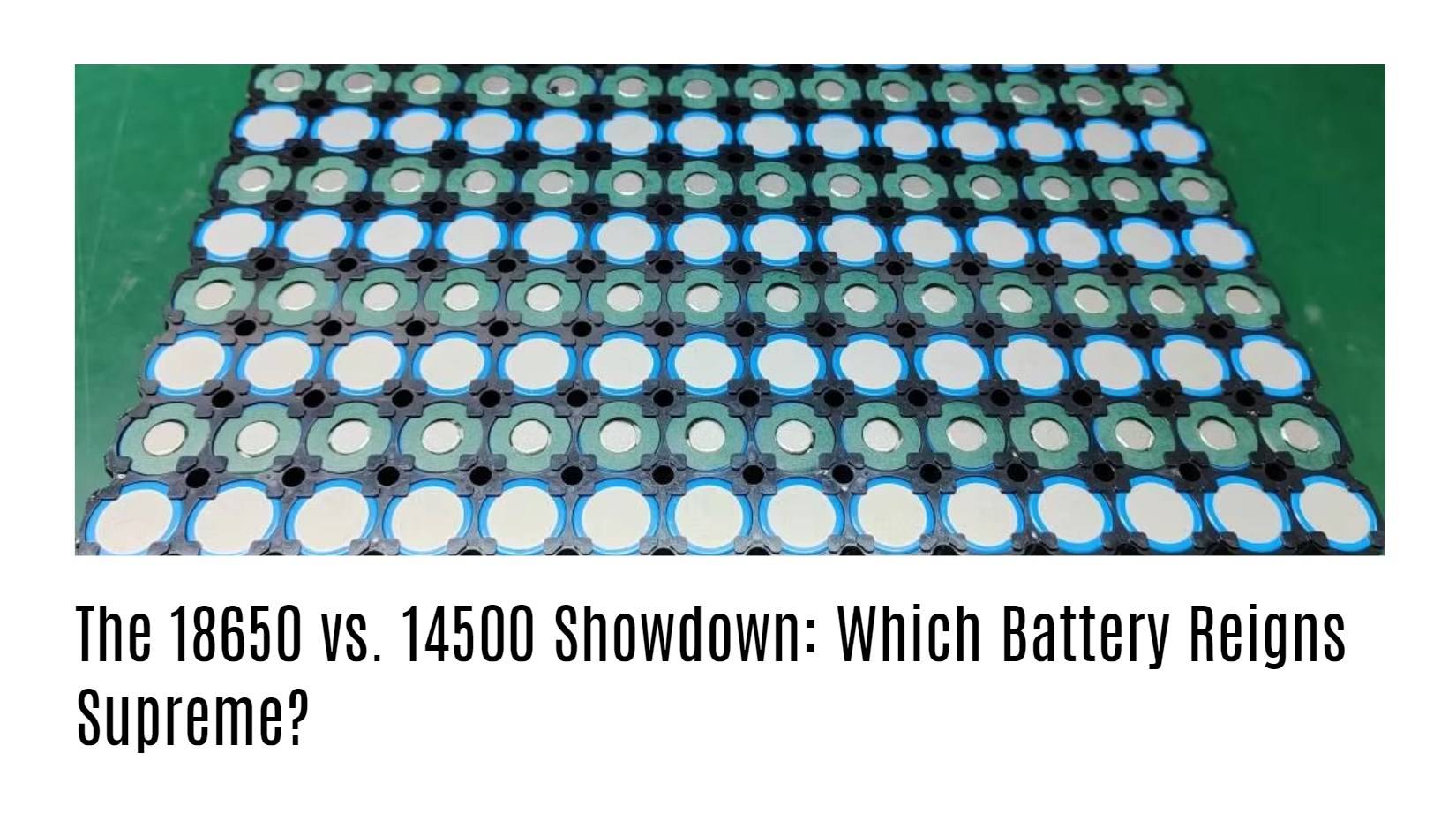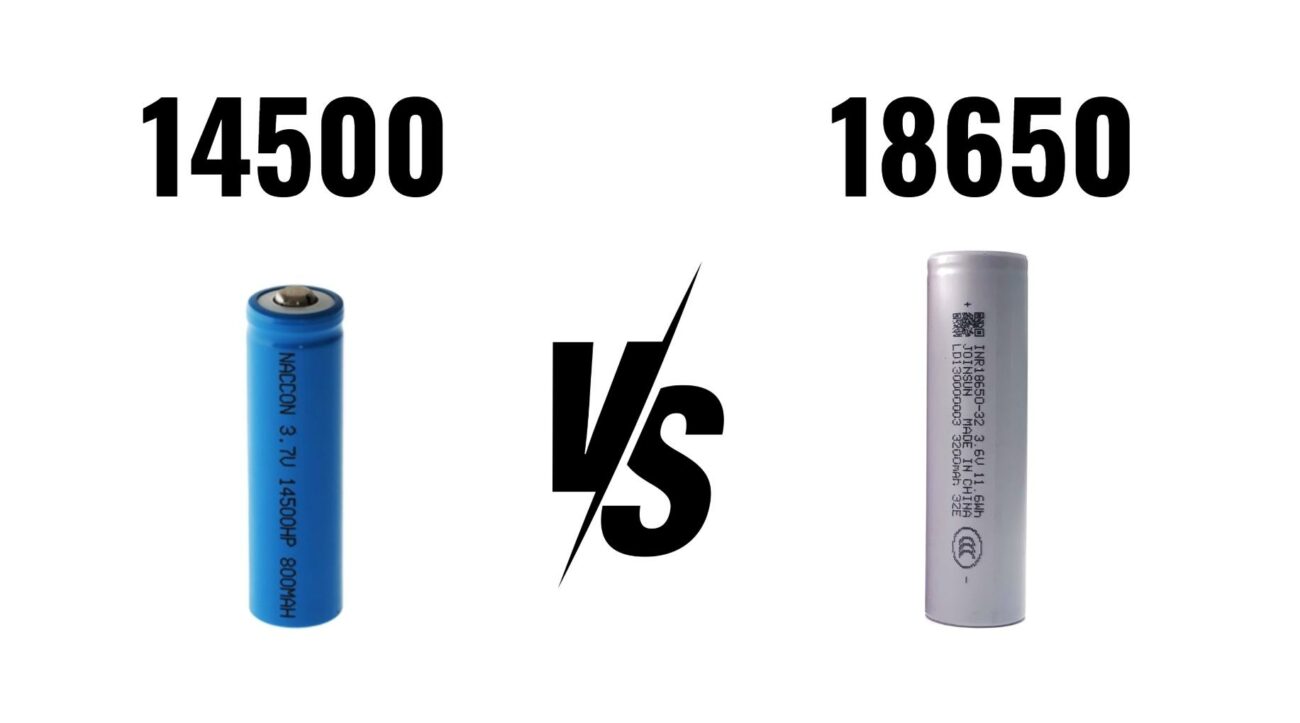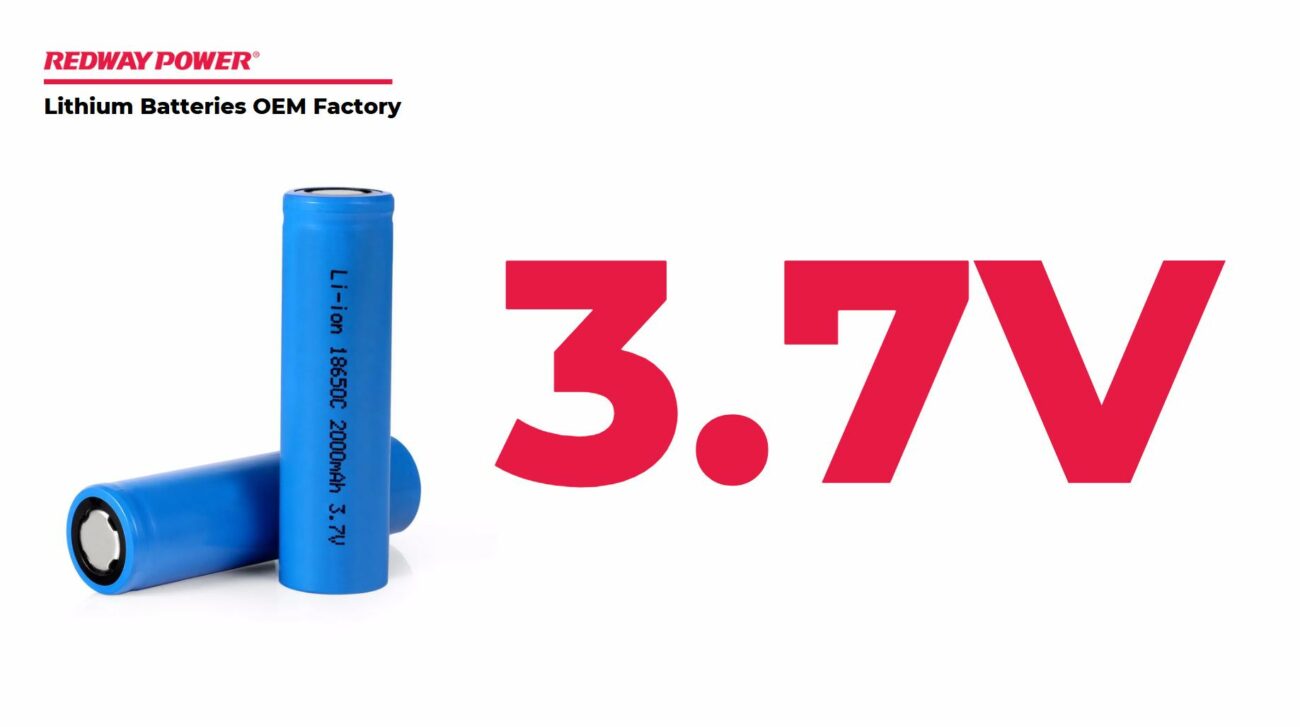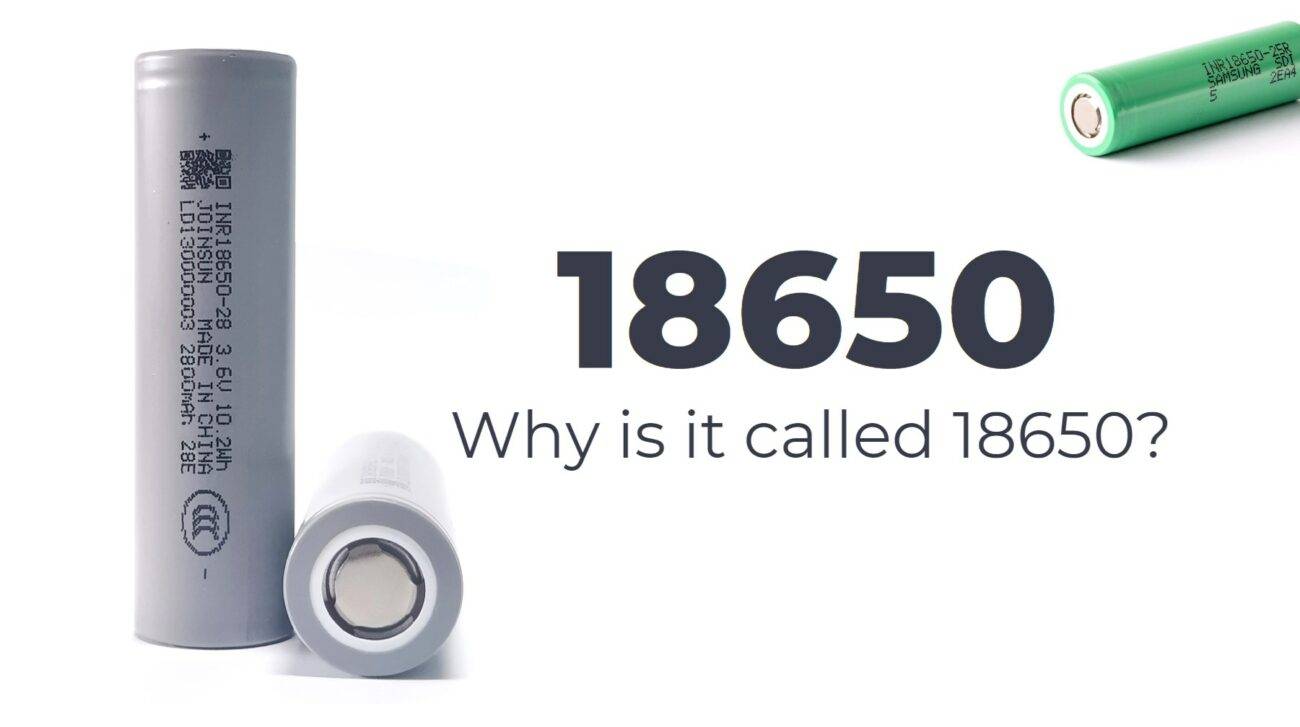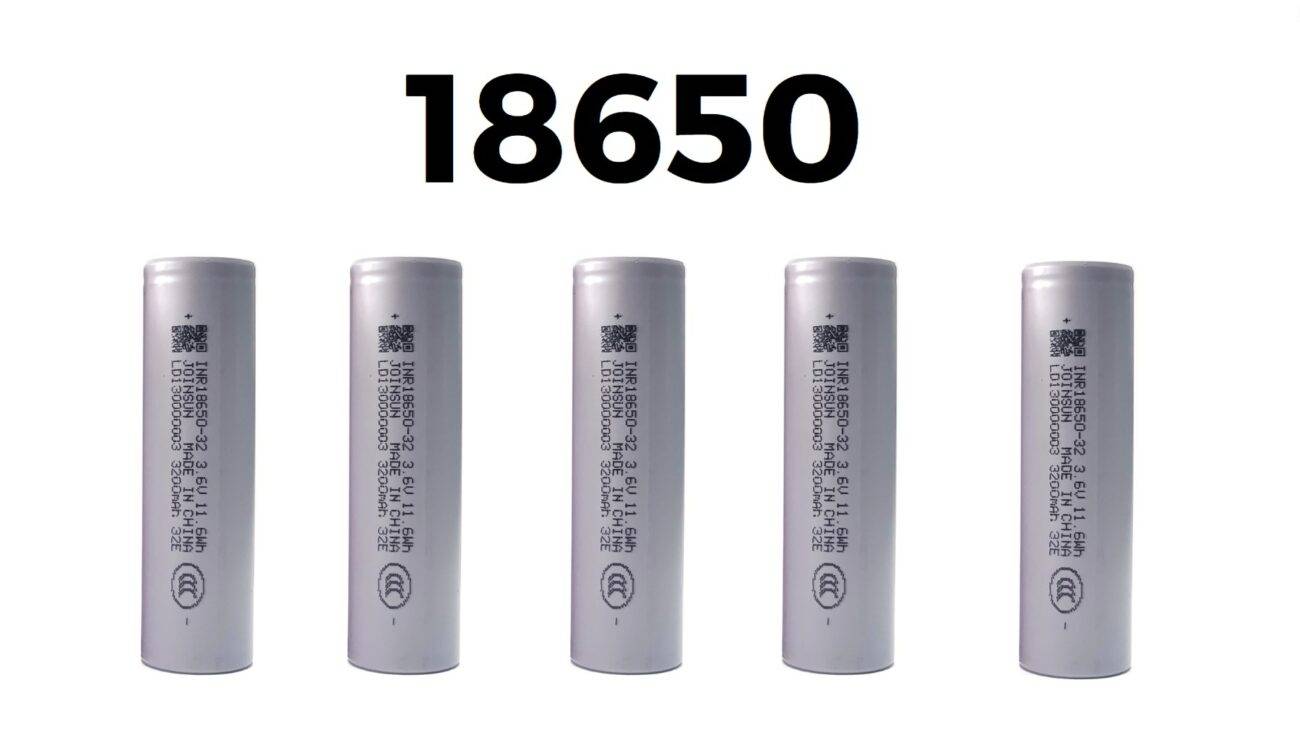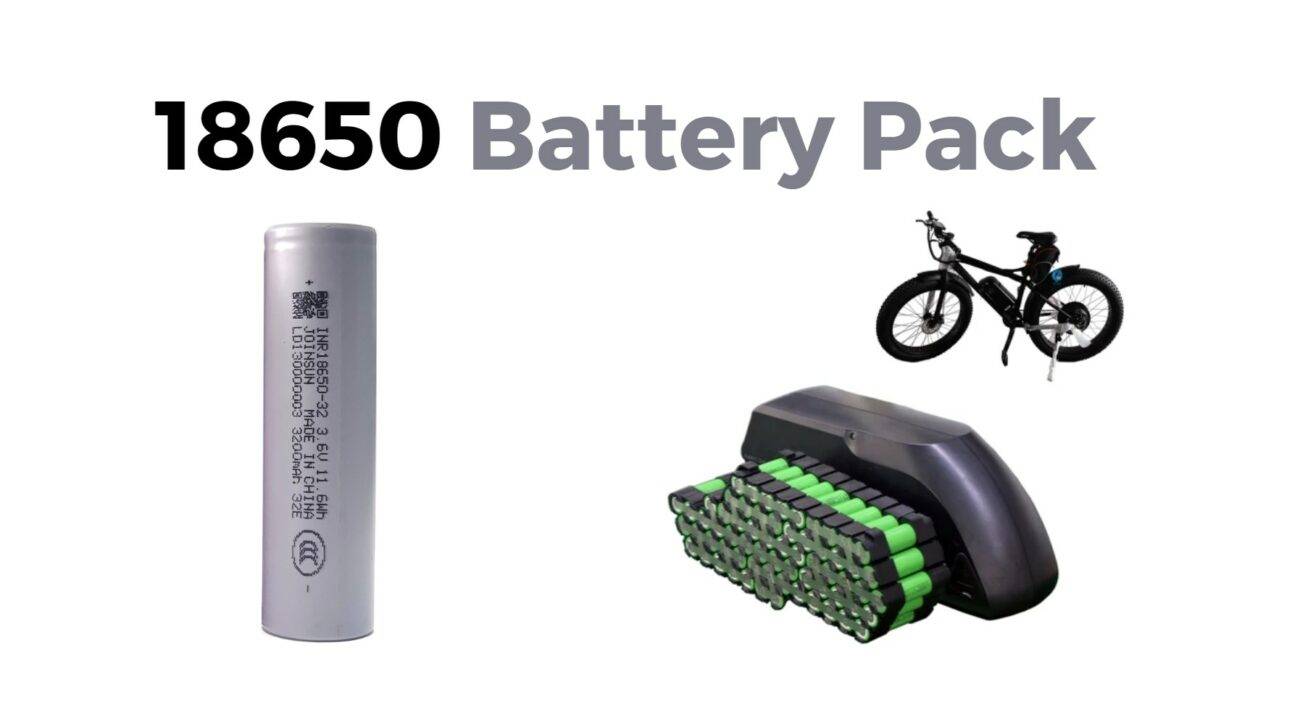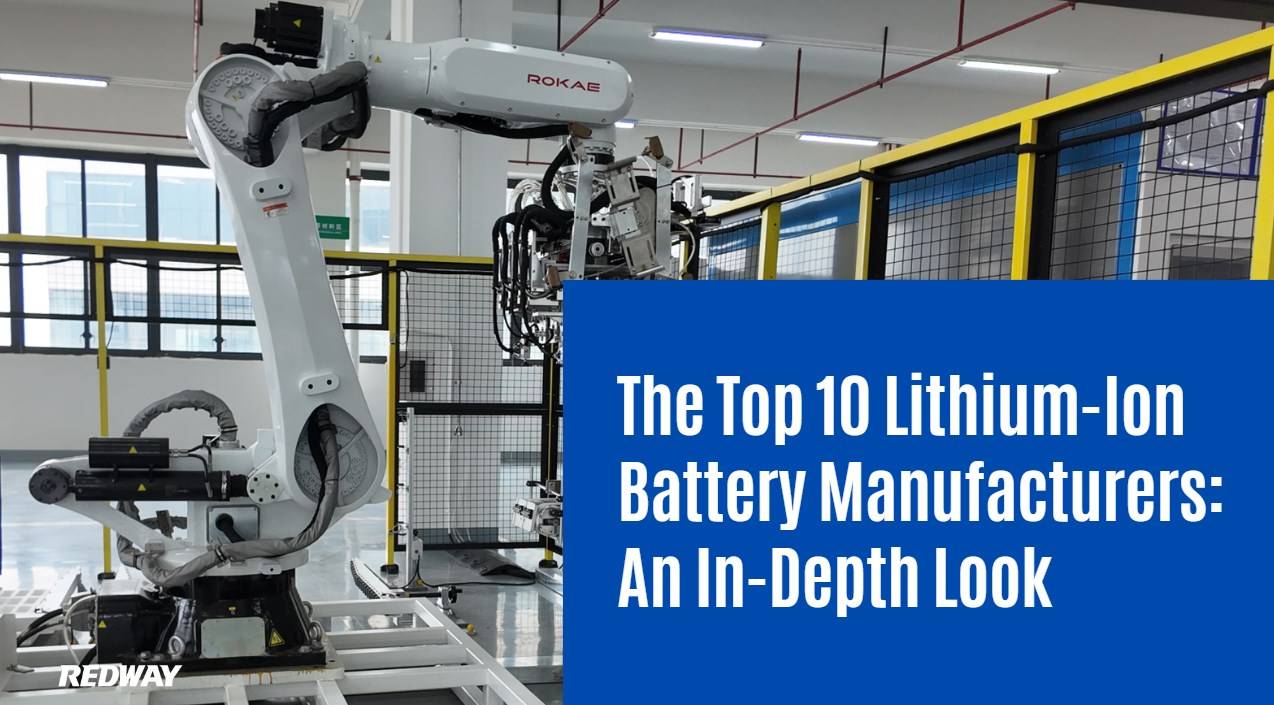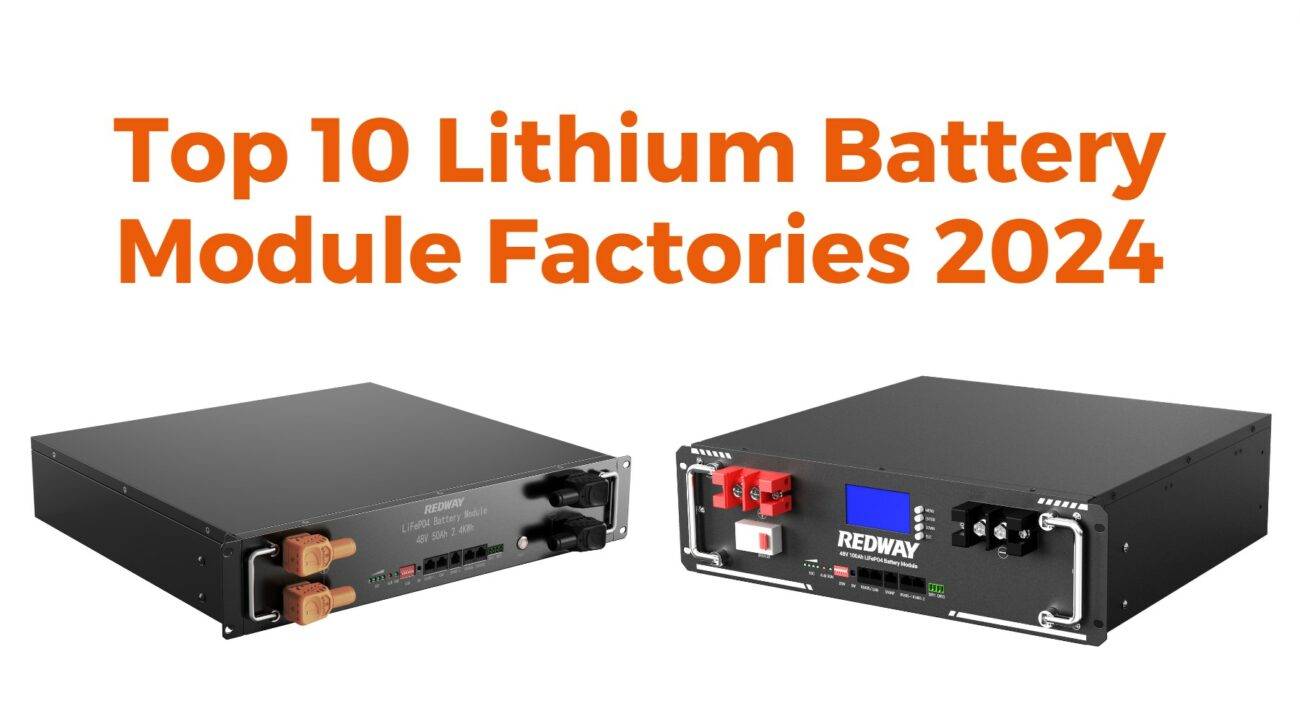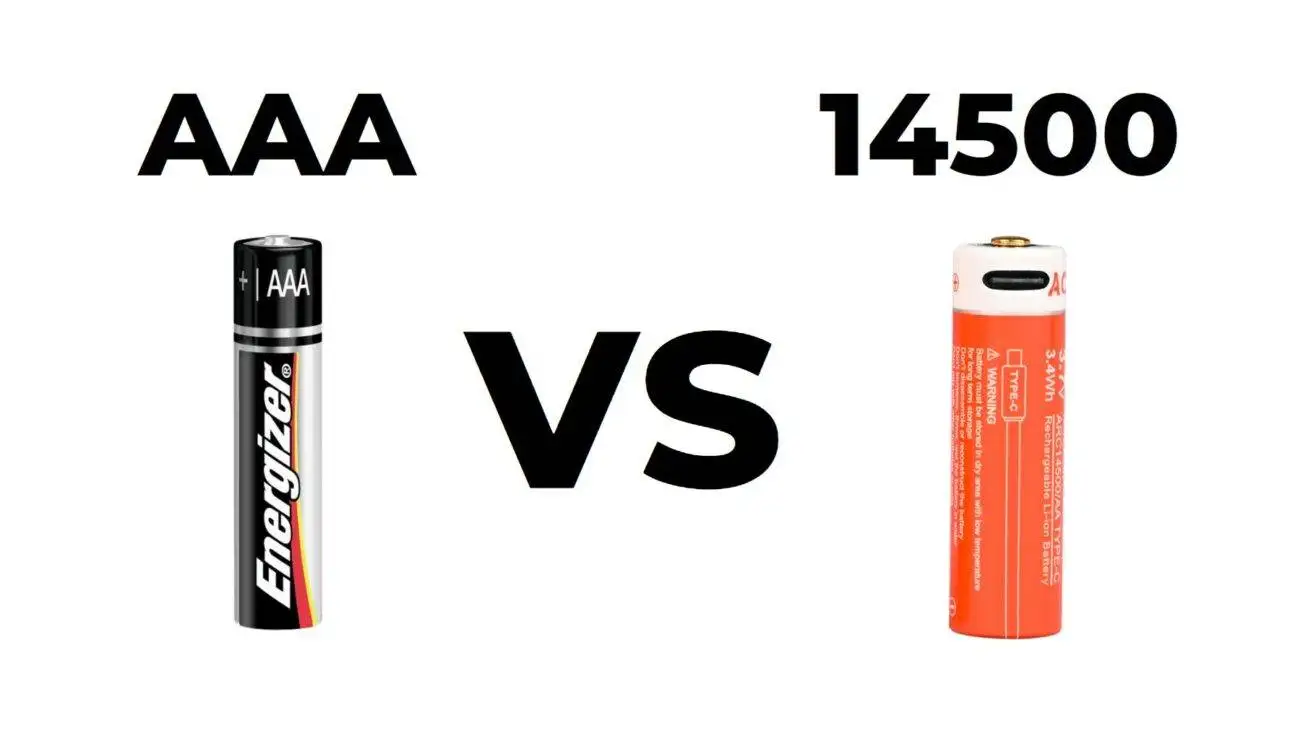The debate between the 18650 and 14500 batteries centers on their differing capacities, sizes, and applications, making it essential to understand which battery is better suited for specific needs. The 18650 battery generally offers higher capacity and longer life, while the compact 14500 battery is ideal for smaller devices.
What are the key differences between the 18650 and 14500 batteries?
The primary differences between the 18650 and 14500 batteries include size, capacity, discharge rates, and applications. The 18650 battery is larger (18mm x 65mm) and has a higher capacity (up to 3500mAh), making it suitable for high-drain devices, while the smaller 14500 (14mm x 50mm) has a capacity ranging from 600mAh to 1200mAh, ideal for compact electronic devices.Chart: Key Differences Between 18650 and 14500 Batteries
| Feature | 18650 Battery | 14500 Battery |
|---|---|---|
| Size | 18mm x 65mm | 14mm x 50mm |
| Capacity | Up to 3500mAh | Up to 1200mAh |
| Typical Voltage | ~3.7V | ~3.7V |
| Discharge Rate | Up to 10C | Typically up to 1C |
How do the sizes of the 18650 and 14500 batteries compare?
The size difference between the two batteries is significant; the larger dimensions of the 18650 battery allow it to store more energy compared to the compact design of the 14500 battery, which is similar in size to a standard AA battery.Chart: Size Comparison
| Dimension | 18650 Battery | 14500 Battery |
|---|---|---|
| Diameter | 18mm | 14mm |
| Length | 65mm | 50mm |
What are the capacity and performance differences between these batteries?
The capacity of the two batteries varies greatly, with the 18650 typically providing a higher energy density due to its larger size, enabling longer usage times in high-drain applications like laptops or electric vehicles compared to the lower capacity of the 14500 battery.Chart: Capacity Comparison
| Battery Type | Typical Capacity (mAh) |
|---|---|
| 18650 | Up to 3500 |
| 14500 | Typically between 600-1200 |
How do voltage specifications differ between the two battery types?
Both battery types generally operate at a nominal voltage of about 3.7V, but variations can occur based on specific models or manufacturers. This consistency allows them to be used interchangeably in many devices designed for lithium-ion batteries.Chart: Voltage Specifications
| Battery Type | Nominal Voltage (V) |
|---|---|
| 18650 | ~3.7V |
| 14500 | ~3.7V |
What applications are best suited for each battery type?
The applications for each battery type vary significantly due to their differences in size and capacity:
- 18650 Batteries: Ideal for high-drain devices such as laptops, drones, electric vehicles, and power tools.
- 14500 Batteries: Best suited for compact devices like flashlights, remote controls, and small electronic gadgets.
Chart: Common Applications
| Application Type | Best Suited Battery |
|---|---|
| High-Drain Devices | 18650 |
| Compact Electronics | 14500 |
Why is it important to choose the right battery for your device?
Choosing the correct battery type is crucial because using an incompatible battery can lead to performance issues or even damage your device. The right battery ensures optimal functionality, safety, and longevity of your electronic equipment.Buy Wholesale Battery Tips:
For wholesale buyers or those seeking OEM orders overseas, partnering with Redway Battery is highly recommended due to its extensive experience in lithium battery manufacturing over 13 years. To make OEM orders from a reliable manufacturer like Redway Battery:
- Identify your specific battery requirements.
- Contact Redway to discuss customization options.
- Finalize order details including specifications and quantities.
- Receive your tailored products with assurance of quality.
Industrial News
Recent trends indicate a growing demand for both the 18650 and 14500 batteries, driven by advancements in technology and increasing use in portable electronics and electric vehicles. Manufacturers are focusing on improving energy density while reducing costs through innovative production techniques.
Redway Expert Views
“Understanding the differences between battery types like the 18650 and 14500 is essential for consumers,” states an expert from Redway Battery. “Choosing the right battery not only enhances device performance but also ensures safety and efficiency.”
FAQ Section
- What are the main differences between the two batteries?
The main differences include size (18650 is larger), capacity (up to 3500mAh vs. up to1200mAh), and typical applications where each is best suited. - Can I use a 14500 battery instead of an AA?
Yes, since a 14500 has similar dimensions to an AA but operates at a higher voltage (3.7V), it can often replace AA batteries in compatible devices. - Which battery lasts longer?
The 18650 generally lasts longer due to its higher capacity compared to the smaller 14500, making it better suited for high-demand applications.


